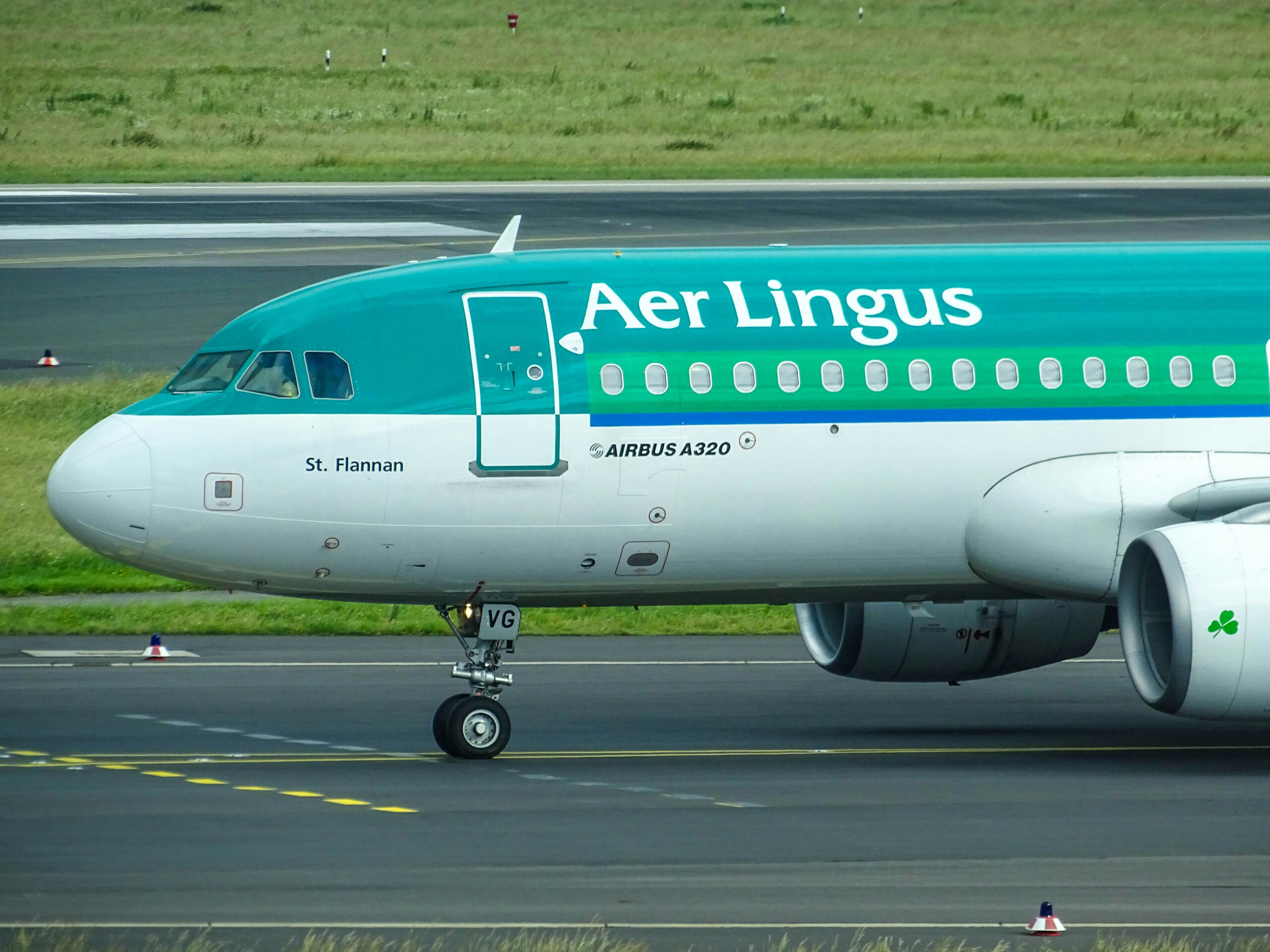Overview
• Operator: Aer Lingus
• Aircraft Model: Airbus A330-300
• Registration: EI-FNH
• Flight Number: EI-121
• Route: Dublin (Ireland) → Orlando, FL (USA)
• Date: 11 February 2025
• Occupants: Passengers and crew unspecified
• Nature of Incident: Engine stall on departure
Incident Summary
Aer Lingus flight EI-121, operated by an Airbus A330-300 (EI-FNH), was departing Dublin Airport (DUB) for Orlando International Airport (MCO) when the crew experienced an engine stall on the left-hand General Electric CF6 engine shortly after takeoff from runway 10R.
The crew requested to level off at 4,000 feet to assess the situation before opting to return to Dublin without entering a hold. The aircraft landed safely on runway 10L approximately 25 minutes after departure.
A replacement A330-300 (EI-EIN) was dispatched, allowing passengers to continue their journey to Orlando with a delay of 3 hours and 15 minutes.
The affected aircraft remains grounded in Dublin for further inspection and maintenance.
Sequence of Events
Departure and Initial Climb
• The aircraft departed from Dublin’s runway 10R as per standard departure procedures.
• During the initial climb, the left-hand CF6 engine experienced a stall, prompting immediate action from the flight crew.
Crew Response and ATC Coordination
• The crew requested to level off at 4,000 feet to assess the situation.
• ATC cleared the aircraft into a hold, but the crew quickly determined that returning to Dublin was the best course of action.
Safe Landing and Aircraft Inspection
• The aircraft landed safely on runway 10L about 25 minutes after departure.
• Emergency services were placed on standby but were not required to intervene.
• The aircraft was taxied to the apron for maintenance assessment.
Investigation & Technical Considerations
Possible Causes of Engine Stall
Engine stalls, especially on high-bypass turbofan engines like the CF6, can be triggered by multiple factors, including:
1. Compressor Surges: A rapid disruption in airflow through the engine, often due to sudden power adjustments or ingestion of disturbed air.
2. Fuel Flow Issues: Inconsistent fuel delivery to the engine, potentially causing momentary flameouts or surges.
3. Foreign Object Ingestion: Bird strikes, ice ingestion, or debris ingestion during takeoff could lead to stall conditions.
4. Mechanical Failure: Faulty variable stator vanes or other engine control malfunctions leading to instability in airflow.
Aircraft Status and Operator Response
• Aer Lingus confirmed that the aircraft returned due to a technical issue but did not specify further details.
• The aircraft remains on the ground undergoing further maintenance and inspections.
Safety Recommendations & Preventative Measures
• Engine Performance Monitoring: Post-flight data analysis should focus on identifying the precise cause of the stall.
• Compressor Surge Prevention: Review engine handling procedures during takeoff and climb-out to mitigate risk factors.
• Foreign Object Damage (FOD) Prevention: Inspect runway and taxiway areas for debris that could contribute to engine distress.
• Aircraft Maintenance Inspection: Conduct a thorough check of the engine’s compressor stages, fuel system, and control units before the aircraft is returned to service.
Disclaimer
This report is based on available information as of 12 February 2025. While every effort has been made to ensure accuracy, the completeness of the details cannot be guaranteed. If you are the rightful owner of any referenced materials and wish them removed, please email takedown@cockpitking.com.
